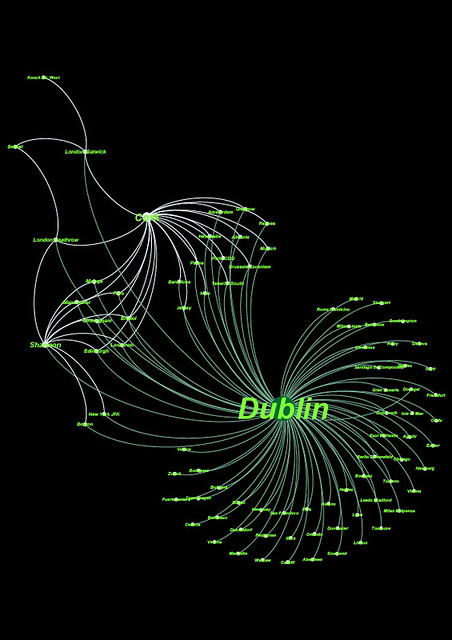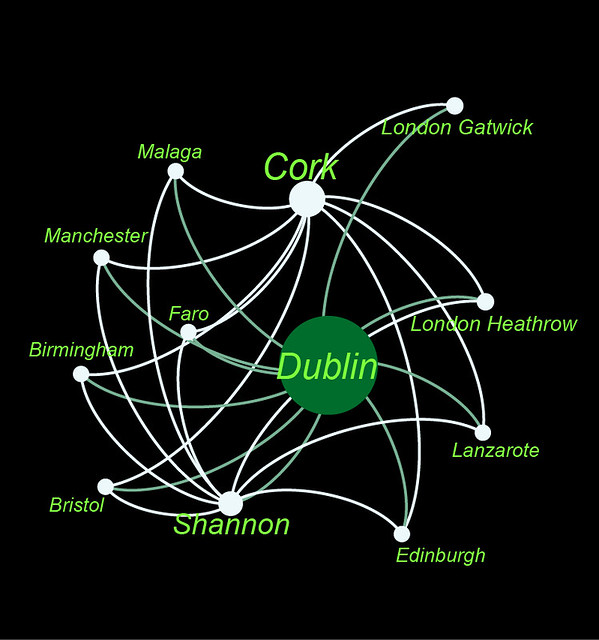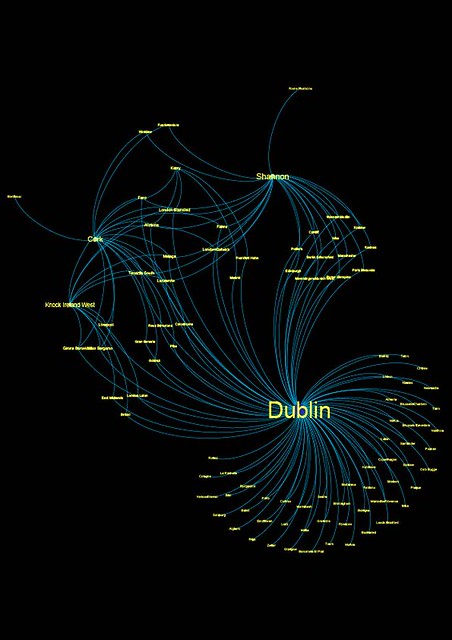I remember a time when I used to love Amazon. It was back around the time when there was a lot less stuff on the web and it was an amazing database of books. Books, Books, Books.
I can’t remember when it ended. I find the relationship with Amazon has deteriorated into one of convenience more than anything; I need it to get books, but it’s doing an awful job of selling me books at the moment too. Its promises have changed, my expectations have risen and fallen accordingly. Serendipity is failing. I don’t know if it is me, or if it is Amazon.
But something has gone wrong and I don’t know if Amazon is going to be able to fix it.
There are a couple of problems for me, which I suspect are linked to the quality of the data in Amazon’s databases. I can’t be sure of course – it could be linked to the decision making gates in its software. What I do know is it is something I really can’t fix.
Amazon’s search is awful. Beyond awful. Atrocious. A disaster. It’s not unique in that respect (I’ve already noted the shocking localisation failings for Google if you Are English Speaking But You Live In Ireland And Not The United States When Looking For Online Shops) but in terms of returning books which are relevant to the search you put in, it is increasingly a total failure. The more specific your search terms as well, the more likely to are to get what can only be described as a totally random best guess. So, for example, if I look for books regarding Early Irish History, then search returning books on Tudor England are so far removed from what I want that it’s laughable. On 1 May 2015 (ie, day of writing) fewer than a quarter of the first 32 search results refer to Ireland, and only 1 of them is even remotely appropriate.
Even if you are fortunate enough to give them an author, they regularly return searches of books not by that author.
I find this frustrating at the best of times because it wastes my time.
Browsing is frustrating. The match between the categories and the books in those categories can be random. The science category is full of new age nonsense and it often is very much best selling so the best sellers page becomes utterly useless. School books also completely litter the categories, particularly in science. I have no way of telling Amazon that I live in Ireland and have no real interest in UK school books, or, in fact, any school books when I am browsing geography.
Mainly I shouldn’t have to anyway. They KNOW I live in Ireland. They care very much about me living in Ireland when it comes to telling me they can deliver stuff. They just keep trying to sell me stuff that really, someone in Ireland probably isn’t going to want. Or possibly can’t buy (cf the whinge about Prime Streaming video to come in a few paragraphs). Amazon is not leveraging the information it has on me effectively AT ALL.
The long tail isn’t going to work if I can’t find things accidentally because I give up having scrolled through too many Key Stage Three books.
Foreign Languages: Amazon makes no distinction between text books and, for want of a better word, non-text books in its Books in Foreign Languages section. So again, once you’ve successfully drilled down to – for example – German – you are greeted with primarily Learn German books and Dictionaries, probably because of the algorithm which prioritises best sellers.
How can I fix this?
Basically, Amazon won’t allow me to fix things or customise things such that I’m likely to find stuff that interests me more. I don’t know whether they are trying to deal with these problems in the background – it’s hard to say because well, they don’t tend to tell you.
But.
- It would be nice to be able to reconfigure Treasa’s Amazon. Currently, its flagship item is Amazon Prime Streaming Video, which is not available in Ireland.Amazon knows I am in Ireland. It generally advises me how soon it can deliver stuff to Ireland if I’m even remotely tempted to buy some hardcopy actual book. Ideally they wouldn’t serve their promotions for Amazon Prime Streaming Video, but if they have to inflict ads for stuff they can’t sell me, the least they could do is let me re-order the containers in which each piece of information appears. So I could prioritise books and coffee which I do buy, over streaming video and music downloads which I either can’t or don’t buy from amazon usually.
- It would be nice to be able to set up favourite subject streams in books or music or dvds. I’d prefer to prioritise non-fiction over beach fiction, for example.
- I’d like to be able to do (2) for two other languages as well. One of the most frustrating things with the technology sector is the assumption of monolinguality. I’d LIKE to be able to buy more books in German, in fact I’m actively TRYING to read more German for various reasons, and likewise for French.
- I don’t have the time to Fix This Recommendation. They take 2 clicks and feature a pop up. As user interaction, it sucks. I’d provide more information for fixing the recommendations if I could click some sort of Reject from the main page and have them magically vanish. Other sites manage this.
But there are core problems with Amazon’s underlying data I think. Search is so awful and so prone to bringing back wrong results, it can only be because metadata for the books in question is wrong or incomplete. If they are using text analysis to classify books based on title and description, it’s not working. Not only that, their bucket classification is probably too broadbased. Their history section includes a metric tonne of historical fiction, ie, books which belong in fiction and not in history. If humans are categorising Amazon’s books, they are making a mess of it. If machine learning algorithsm are, they are making a mess of it.
There is an odd quirk in the sales based recommender which means that I can buy 50 books on computer programming but as soon as I buy one oh book of prayers as a gift for a relative, my recommender becomes highly religious focused and prayer books outplay programming books. Seriously: 1 prayer book to 50 programming books means you could probably temper the prayer books. Maybe if I bought 2 or 3 prayer books you could stop assuming it was an anomaly. This use of anomalous purchases to pollute the recommendations is infuriating and could be avoided by Amazon not overly weighting rare purchases.
I’m glad Amazon exists. But the service it has provided, particularly in terms of book buying, is nowhere near as useful as it used to be. Finding stuff I know I want is hard. Finding stuff I didn’t know I wanted but now I HAVE to have is downright impossible.
And this is a real pity because if the whole finding stuff I wanted to buy was easier on the book front, I’d be happy to spend money on it. After all, the delivery mechanisms, by way of Kindle etc have, have become far, far easier.




